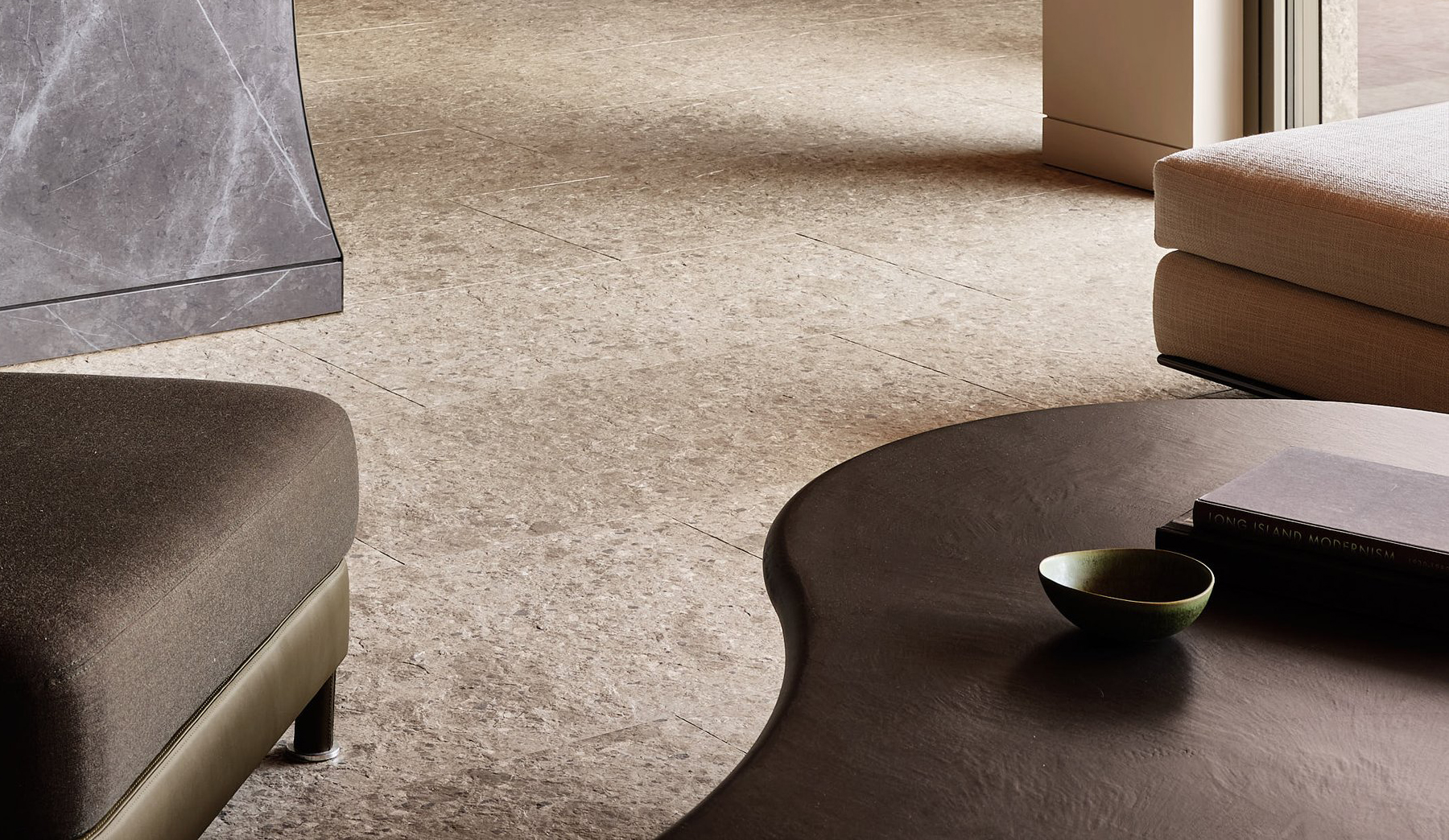
The Value & The Costs of
Radiant Flooring
The Value
Radiant flooring, or heated flooring, employs either electrical wiring or hot water pipes installed beneath the flooring material to provide warmth to the room.
The advantages of radiant floors extend beyond mere comfort. By eliminating the need for additional heaters, they contribute to energy efficiency and cost savings. In well-insulated and tightly sealed spaces, radiant floors can effectively heat entire homes, reducing reliance on traditional heating systems.
While there is an initial investment and daily energy consumption associated with radiant flooring, the long-term benefits outweigh the costs. These floors distribute heat evenly, silently, and efficiently, providing consistent warmth from the ground up. Additionally, radiant flooring systems boast durability, with minimal maintenance requirements and a lifespan exceeding thirty years.
The Costs
Implementing radiant flooring throughout an entire home can be a significant investment. However, strategically choosing specific rooms to have heated flooring can offer the benefits without exceeding the budget. In our mid-range modern homes, we often suggest installing radiant floors primarily in bathrooms, ensuring a cozy post-shower experience without overextending costs.
When opting for heated flooring, there are two main options: electric and hydraulic systems. While hydraulic systems may have a higher upfront cost per square foot, they offer better long-term efficiency as water retains heat more effectively than electrical cables. The choice of energy source—whether solar, geothermal, or propane—will also impact installation requirements and overall costs.
Our team of architects and designers are adept at creating integrated systems that consider these factors while staying within your budget constraints.
